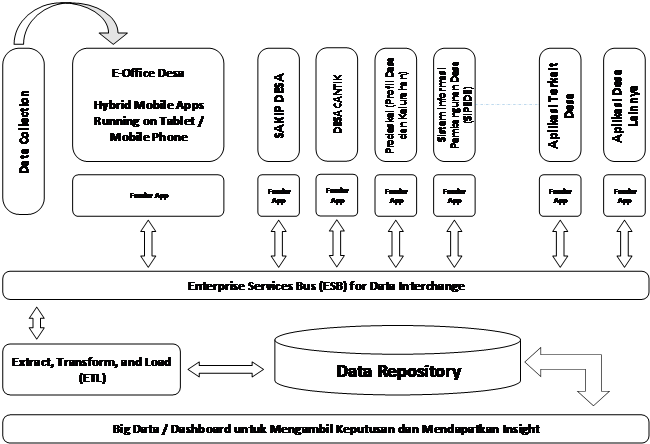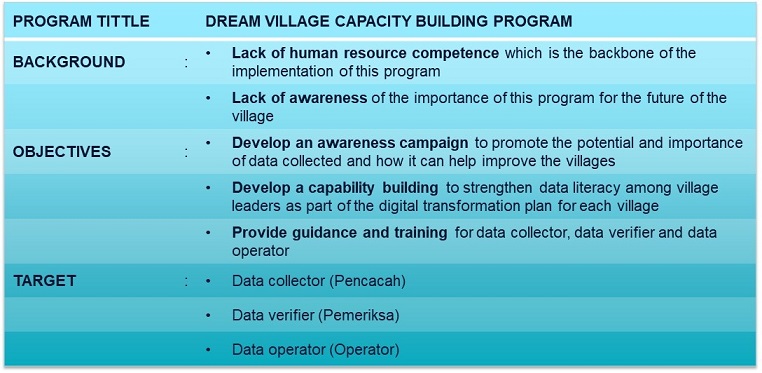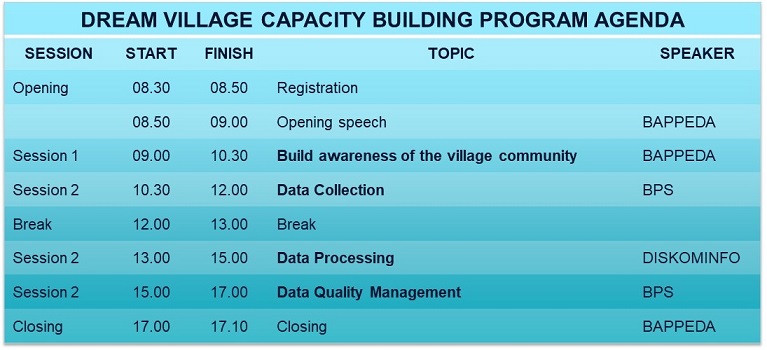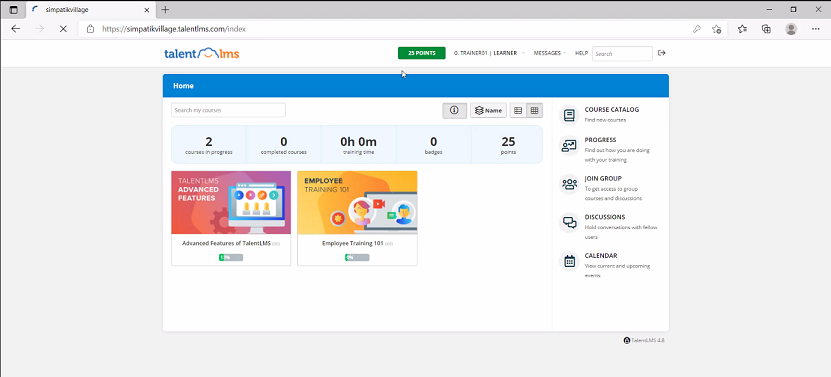HDX Team 1 - Connected Dream Village
HDX Team 1 - Connected Dream Village
Identification
Background
Digital Platform Village is The concept of village development which do people empowerment with information technology adequately. It is hoped by available information infrastructure, the community be able to access information equivalent with city people. Besides, all information with based on digital technology can manage important and accuracy data which relate with village potential and these can be hoped to increase the economic of village grow. Ofcourse these also insperable the achivement of digital village how to overcome any digital divide of data transformation between central government and local government in supporting the system to be righteousness and prosperity. Human avhiement index more improve and the above all how to establish basic knowledgement information village.
Sumedang Regency has 270 villages and one of regency in west java. Sumedang has many potency of nature resources especially tourism, cuisine traditional, traditional craft, agriculture, farm and forestry. At this present time Sumedang village has been establihing digital village since year 2019 and has got achivement award from central government Ministry of villages, disadvantaged Regions and Transmigration as pioneer of Village Government Agency Performance Accountability System for supporting Village SDGs.
In establishment digital village there are 30 villages which have used digital platform E-Office and these can increase Government system index based on electronic. Seeing the existing condition from village digital in Sumedang village, ofcourse there are any obstacles what happened in development the programe, such as lack of digital village which doesn’t use platform digital, lack of human resources (IT operator) who can reach the digital platform. E-Office system which is used by Sumedang regency needs to develop in giving many useful to sumedang governament and also the civil servant of village and administrative village. Those can integrate and synergy to central government and stakeholder who need datas integrated through the E-Office System.
Accordance the existing condition, HDX team of Dream Village to formulate the scope of problem in order to find solution and overcome the problems. These can support Sumedang Government in developing digital village. The scope problems are formulated as follows :
- Lack of human resources competence which has backboneof the implementation of E-Office Desa Apps
- Lack of awareness of the importance of E-Office programe to improve village income in the future.
- E-Office system which is used incomplete and need to develop in the future
The aims of the work project challenge are :
- Develop enterprise service bus for data intenterchange using feeder application, so that the civil services of Sumedang regency can use as level base data become integrated data reference.
- Design Term of Reference for capacity building programe through LMS mock up
Existing Condition
E-office Desa Master Plan
E-office Desa Current Implementation
Problem and Objectives Analysis
Stakeholder Analysis
Problem Analysis
Solution Analysis / Analysis of Objectives
Strategy Selection
Project Outcome and Output
Logical framework Matrix
Logical Framework Approach is a good analytical tool in the assessment, follow-up and evaluation of a project using a logical approach. The logical approach in this case is to build a hierarchy of logical frameworks that are oriented towards project goals to help clarify project or program objectives, identify causative relationships between inputs, processes or activities, outputs, outcomes and impacts. In table below showing the logical framework matrix of this project.
Timeline
Timeline is a written document that contains information about the plan of work or project implementation schedule, when each stage of work must begin and be completed and it also contains information about the stages of work sequentially. The timeline is an important document that guides the team’s work steps so that the project can be managed and monitored properly. In this project, we divide the work plan into 3 major stages, namely: identification stage, problem and objective analysis stage, and lastly project outcomes and output stage. The details of this project plan and timeline can be seen in the table below.
Resources
As an effort to overcome the problems that occur in this project and meet the program targets, there are resources needed, namely:
- Human resources. Human resources involved in the success of this project must have adequate competencies such as qualified data collector, data verifier and data operator, qualified planner (Bappeda as the owner of this project) and qualified programmer and developer.
- Logistic. Intended logistic means village funs that allocated to employ qualified data operator.
- Skill. In order to have a competent human resource requires qualified skills. Through capacity building program for data collector, data verifier and data operator, it is expected to produce skillful human resources.
- Knowledge. Knowledge that is important to understand in this project is to build awareness of the importance of the success of this project for improving the village quality of life.
- Tool. The tools needed to support the success of this project are regulations and implementation of reward and punishment system
Project Implementation and Testing
- Beneficiaries data bridging through feeder application
- Develop enterprise service bus (ESB) for data interchange using feeder application
- Enterprise Service Bus
- Enterprise Service Bus (ESB) is a centralized software component that integrates various applications and systems. ESB performs data transformation, message routing between applications, and translates various communication protocols owned by each system. ESB can be implemented using WSO2, an open-source software available in the market.
- Feeder Application
- Feeder App is an application built to bridge data collection from each village application. The data taken from each village application will be sent to the Enterprise Service Bus.
- File:FeederApp.png
- Data page on Prodeskel application
- File:FeederApp2.png
- Data feeder application and Prodeskel have been synchronized
- Create capacity building program
- There are 3 objectives of creating capacity building programe:
- Develop an awareness campaign to promote the potential and importance of data collected and how it can help improve the villages
- Develop a capacity building to strengthen data literacy among village leaders as part of the digital transformation plan for each village
- Provide guidance and training for data collector, data verifier and data operator.
- We proposed that the program is delivered using LMS (Learning Management System). LMS has many functions and advantages including:
- Compiling syllabus of program
- Managing learning material
- Manage grade, attendance recapitulation and display grade transcripts
- Discussion and quiz
- More efficient learning time
- Cost efficiency compare to offline program
- Easy to implement technologies such as animation, video and text
- Encourage independent learning
- Well documented learning content
- We have held socialization and training for trainer on the use of LMS (Simpatik Village LMS) to stakeholders in Sumedang Regency and received very good feedback. After the socialization and training, Department of Communication and Information Technology Sumedang Regency (Diskominfo Sumedang) has carried out further exploration which confirms that the LMS solution we offer is very good, complete, simple user interface and willing to be used in Sumedang Regency.
- File:Simpatik lms.png
- LMS Socialization and Training for Traineer Documentation 1
- File:Simpatik lms2.png
- LMS Socialization and Training for Traineer Documentation 2
Project Outcome
- Feeder application mock up
- In overcoming issues related to the Village e-office application that has not been able to communicate data with other applications outside the system created by the Sumedang’s Regency Government such as applications from the Ministry, a Feeder App is made that can communicate data between the village e-office application and applications from the ministry or other.
- Feeder App is an application for bridging data from one system to another. Feeder App system can use API or Custom. In simple terms, the Feeder App works by taking data from the Village e-office system and then sending the data to other systems, either from ministries or agencies or other external systems. With the Feeder App, it is possible for village operators not to double input and prevent data redundancy, so it is very helpful to realize One Data in Sumedang’s Regency with Ministry or Agency data.
- File:Feederdashboard.png
- Feeder app dashboard 1
- File:Feederdashboard2.png
- Feeder app dashboard 2
- Term of reference of capacity building program
- Capacity building program material:
- Build awareness of the village community
- Objective: to to increase the awareness of communities on the importance of data literacy and how it can help improve villages welfare through appropriate decision-making and policies
- Data collection
- Objective: to produce data standardisation and harmonisation by ensuring minimal levels of quality are met with all data sets and that multiple data sets which need to be integrated have met the minimum quality requirements and standards
- Data processing
- Objective: to ensure all data that has been collected can be processed correctly through the available digital portal
- Data quality management
- Objective: to ensure alignment of all datasets for completeness, accuracy, reliability, validity, timeliness, integrity, confidentiality and ethics when handling data
- Learning management system (LMS) mock up
- Learning Management System (LMS) is a system that handles online learning. In increasing the capacity of operators or village staff in Sumedang’s Regency, we introduce and conduct training to stakeholders in Sumedang to use LMS in the hope that later it can be used to conduct training for human resources in the village.
- The LMS that we introduce are LMS products from: Talent LMS which can easily organize and manage an online learning. In the training, we introduced how to register in talent LMS, how to make a lesson, create a syllabus, add users, make quizzes, enter materials and others.
Appendixes
Team Members
- Aris Winarna
- Anang Latif
- Anastasya Yolanda
- Danny Januar Ismawan
- Florence Francis
- I Gusti Ayu Laxmy Saraswaty
- I Kadek Agus Arya Wibawa
- Ketut Agus Indra Diatmika
- Nasir Ahmad
- Tri Haryanto




